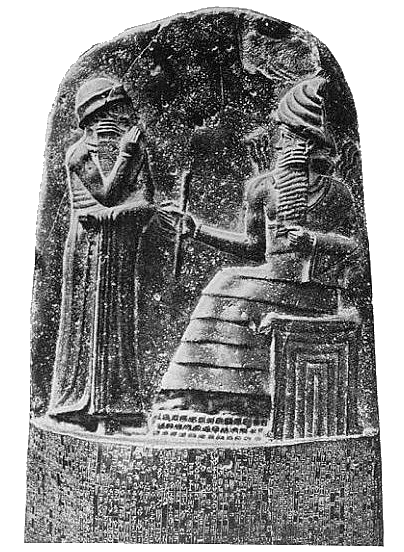Today. students worked as a class to solve the lateral thinking puzzle below. Next, we reviewed the answers to the article questions about the Nile. The brain break students participated in was pencil flipping. Students transitioned to working on a map analysis document related to the Nile. Finally, students completed an exit slip to review information from the week (exit slip questions are below)
Thinking puzzle: Anthony and Cleopatra are lying dead on the floor of a villa in Egypt. Nearby is a broken bowl. There is no mark on either of their bodies and they were not poisoned. How did they die?
Exit Slip: 1. Which direction does the Nile river flow?
2. Why was the Nile so important to Ancient Egyptians?
3. Red : Desert :: Black : ____________
4. Missouri river : Mississippi river :: _____________ : Nile River
5. ___________ : Ancient Egypt :: Money : United States














